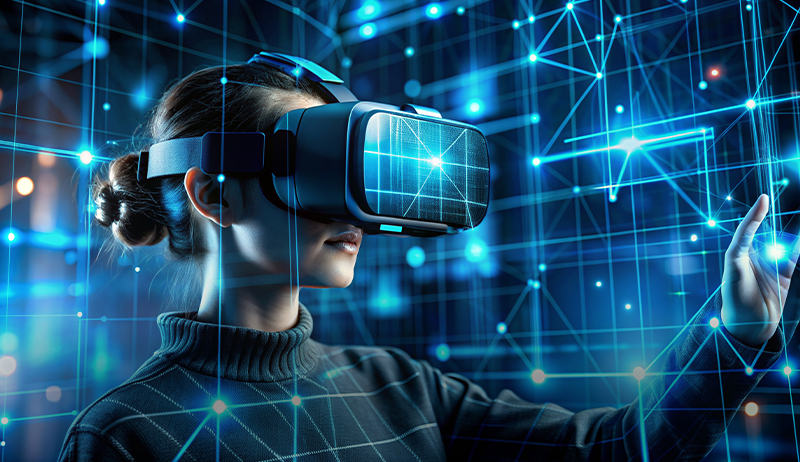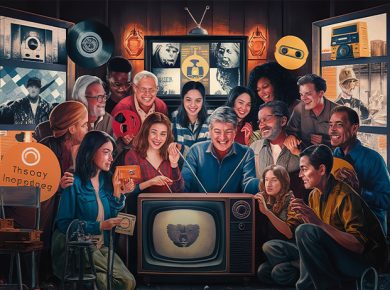Table of Contents
Revolutionizing Brand Experiences with Extended Reality (XR)
Hello, Growth Buzzz community! Today, we’re diving into an exciting trend that’s set to reshape brand engagement in 2025 and beyond: Extended Reality (XR). As brands search for ever-more engaging and immersive experiences, XR is emerging as the ultimate frontier, blending Virtual Reality (VR) and Augmented Reality (AR) to create a more integrated, layered, and interactive world.
In this article, we’ll explore:
- What Extended Reality (XR) is and how it differs from VR and AR.
- Why XR offers superior brand experiences and is a growing trend.
- How brands can leverage XR for innovative branding in 2025, with key stats and examples to illustrate XR’s potential.
What is Extended Reality (XR)?
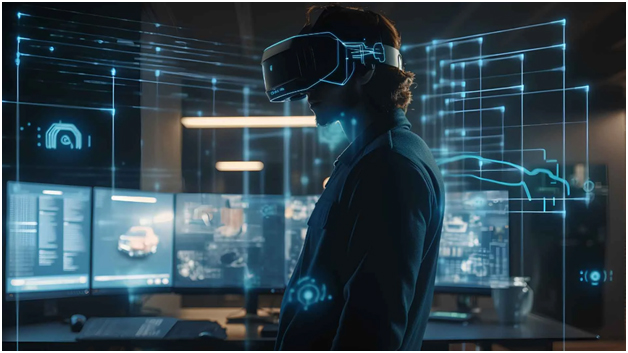
Extended Reality (XR) is an umbrella term that encompasses Virtual Reality (VR), Augmented Reality (AR), and Mixed Reality (MR), combining these technologies to enhance our connection with the digital and physical worlds. Unlike VR, which is entirely immersive, or AR, which overlays digital information onto the physical world, XR allows brands to customize the depth of immersion depending on their goals.
- Virtual Reality (VR): Fully immersive, where users enter a virtual world, detached from their physical surroundings.
- Augmented Reality (AR): Superimposes digital content onto the real world, enhancing what users see and interact with.
- Extended Reality (XR): Combines both, with the potential to integrate digital information seamlessly, creating dynamic and multi-layered experiences.
Why XR is Superior for Brand Engagement
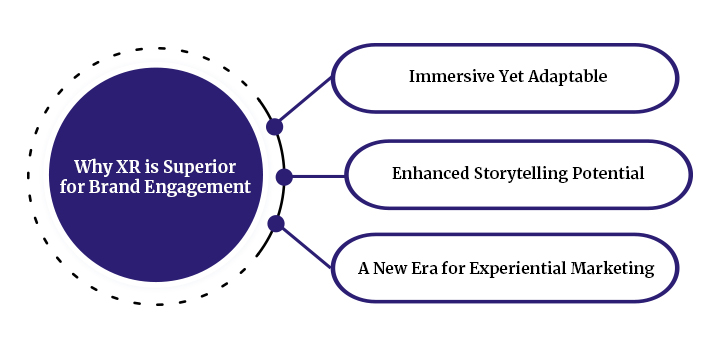
As brands continue to seek unique ways to connect with their audiences, Extended Reality offers a heightened level of engagement that goes beyond what VR and AR can achieve individually. Here’s why:
Immersive Yet Adaptable
XR allows brands to choose the degree of immersion, meaning they can provide a fully immersive VR experience or a more integrated AR experience. This adaptability helps brands align the experience with the consumer journey, creating more personal, impactful connections.
Enhanced Storytelling Potential
XR allows for multi-layered storytelling, making it possible to offer more complex, engaging narratives that capture the consumer’s attention. Whether it’s a VR-powered “choose your own adventure” or an AR overlay that brings packaging to life, XR offers boundless possibilities for creative storytelling.
A New Era for Experiential Marketing
XR is pushing experiential marketing to new heights, enabling brands to create memorable and interactive touchpoints. This not only boosts engagement but also extends the consumer’s connection with the brand.
Stat to Consider:
- 89% of marketing professionals agree that XR will be integral to the future of experiential marketing, as reported by GlobalWebIndex in 2023. This highlights XR’s potential to transform the consumer journey.
Brands Already Leveraging XR for Impactful Experiences
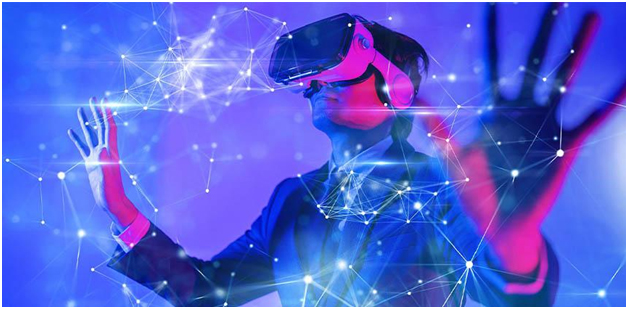
Case Study: IKEA Place
IKEA has been a pioneer in integrating XR into its brand experiences. With IKEA Place, the brand allows users to virtually place furniture in their homes, using AR technology. This not only simplifies the decision-making process for customers but also fosters a stronger sense of brand trust and convenience.
Impact:
Since launching IKEA Place, the app has led to higher customer satisfaction rates and has become a popular tool for users, many of whom find the process of visualizing products in their space invaluable.
Case Study: Gucci Garden
In the Gucci Garden experience, the luxury brand combined VR and AR elements to allow users to explore a virtual garden, complete with Gucci-inspired designs. The virtual garden not only engages users in a unique brand environment but also allows them to shop directly from the experience.
Impact:
- The Gucci Garden project has been successful in capturing the interest of younger, tech-savvy audiences, resulting in increased brand affinity and engagement among Gen Z users.
XR Marketing Trends for 2025: How to Leverage This Technology
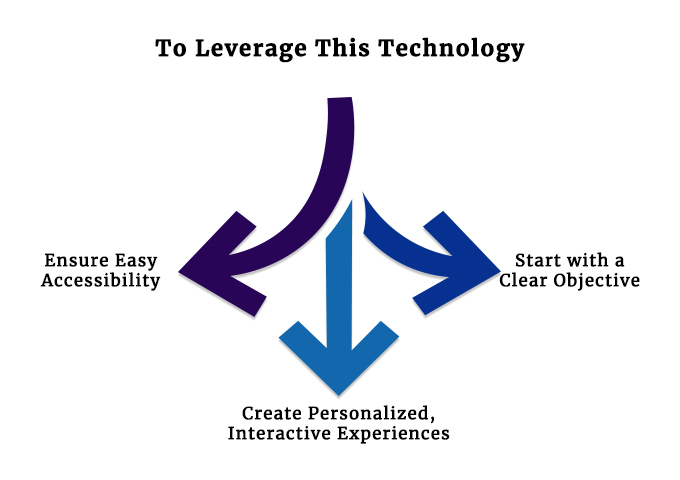
Start with a Clear Objective
It’s crucial to understand the purpose of the XR experience before jumping into development. Are you looking to improve engagement, educate your audience, or simplify the decision-making process? Identifying the core goal can help guide the type of XR experience best suited for your brand.
Action Step:
Define your desired user experience outcome, such as enhancing customer education (for retail brands) or creating interactive product experiences (for e-commerce brands).
Create Personalized, Interactive Experiences
Brands that offer personalized experiences through XR see higher levels of engagement. For instance, beauty brands can allow customers to “try on” products virtually, or travel brands can offer immersive VR tours that help customers experience destinations from home.
Action Step:
Incorporate personalization features within your XR strategy. Use data to tailor experiences based on user behavior, preferences, or demographics.
Stat to Consider:
- According to Statista, the global XR market is expected to exceed $200 billion by 2025, reflecting growing demand and the significant opportunity for brands to tap into this technology.
Ensure Easy Accessibility
XR is a powerful tool, but it can feel inaccessible to some. To ensure maximum reach, make sure your XR experiences are compatible with widely accessible devices, such as smartphones and tablets, rather than requiring specialized equipment like VR headsets.
Action Step:
Optimize XR experiences for mobile platforms or popular devices. This makes the experience more accessible, especially for AR-based applications.
Overcoming the Challenges of XR in Marketing
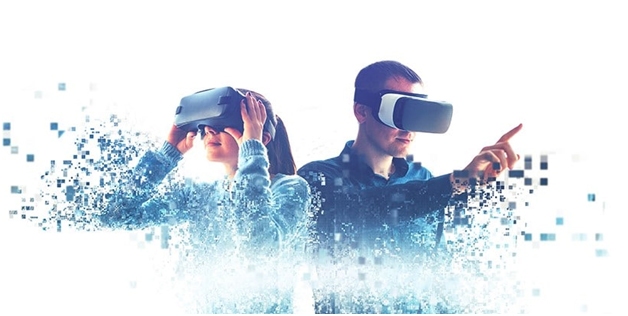
While XR offers exciting potential, brands must also navigate some challenges:
- Cost of Development: High-quality XR experiences can be expensive to create.
- User Adoption: VR headsets and AR-compatible devices are not universal, so it’s important to offer options that are accessible to the majority.
Solution:
Start small by integrating simple AR elements on platforms like social media, then expand as your audience becomes more familiar with the technology.
XR is more than just a futuristic concept—it’s a strategic tool for brands aiming to create unique, memorable, and highly engaging experiences. With the right approach, XR can help brands stand out, forge stronger connections, and drive greater customer loyalty.
At Growth Buzzz, we’re excited to explore the potential of XR in brand marketing. Have you tried out any XR experiences that you loved? Share in the comments, and don’t forget to subscribe to stay on top of the latest trends in immersive marketing!
